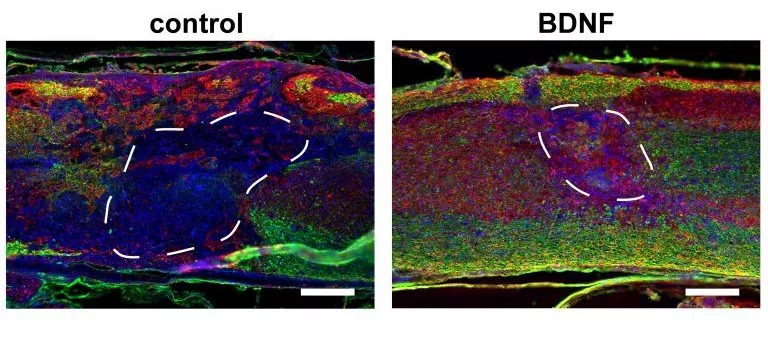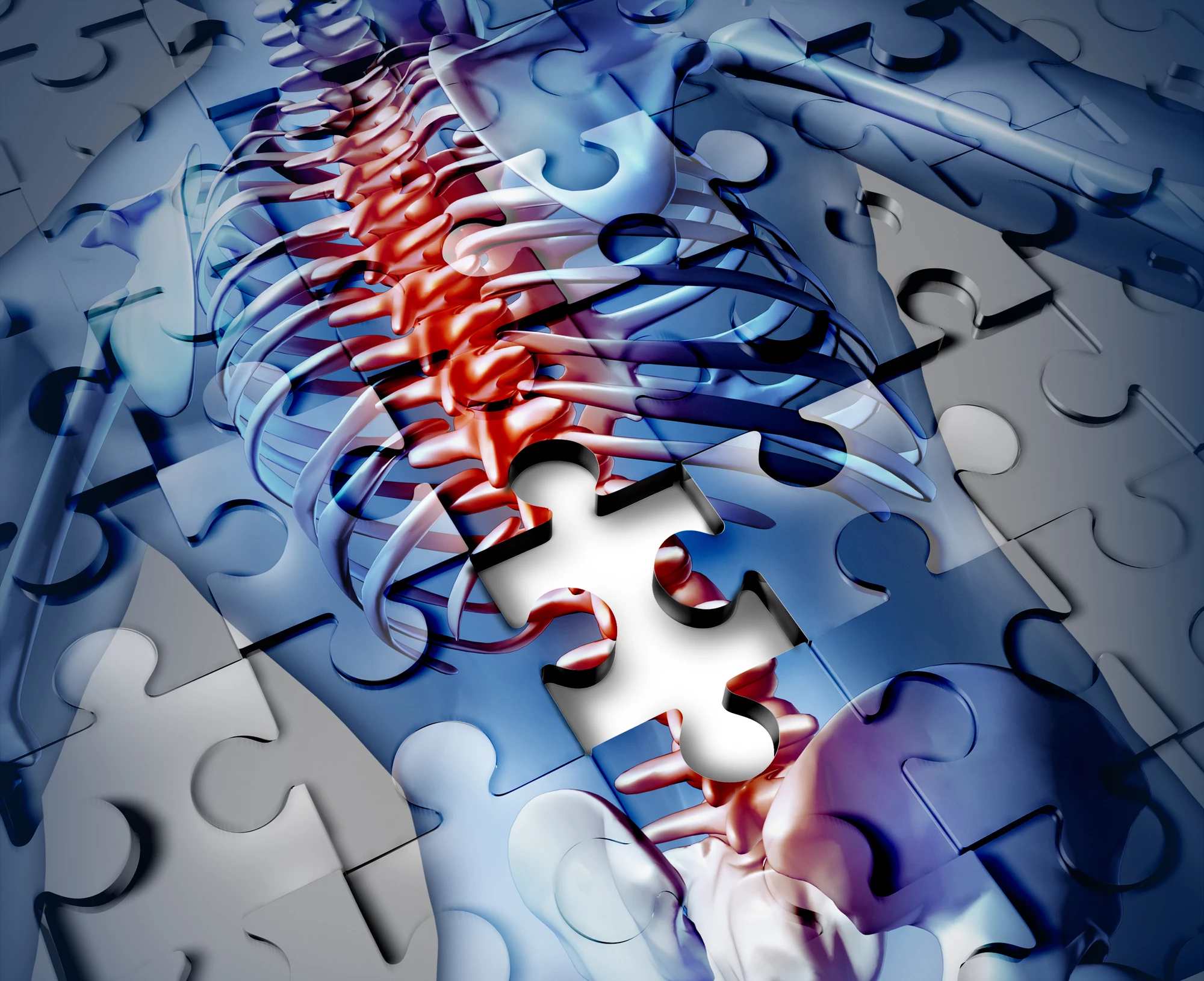Spinal cord injuries lead to permanent paralysis, and unfortunately there isn’t much that doctors can do to repair the damage. But a new study may help improve the outcomes, with researchers from the University of California Los Angeles (UCLA) showing in tests in mice that injections of a porous scaffold material can help the body patch up the damage.
The body is naturally good at repairing many injuries, but it struggles with some of the most important ones. Axons, the nerve fibers that carry electrical signals around the body, cannot regenerate themselves after injury, which is what can make spinal injuries so debilitating. One of the major problems is caused by immune cells flooding to the site after the injury. This leads to the formation of scar tissue, which can prevent axons from reconnecting.
So for the new study, the UCLA team set out to give them a helping hand by creating an environment that supported cells and encouraged them to repair the connections. This consisted of a scaffold material made of hyaluronic acid, full of pores that the cells can migrate into, and loaded with gene therapy vectors. These vectors encode for a molecule called brain-derived neurotrophic factor (BDNF), which helps the axons survive longer and regenerate.
In tests in mice, the team injected this scaffold biomaterial into the spinal injury sites. They found that more cells infiltrated the scaffold, and gene delivery and tissue repair were improved, in the mice that received scaffold with the BDNF vectors, compared to a control group that received a scaffold without the vectors.

“In this study, we demonstrate that incorporating a regular network of pores throughout these materials, where pores are sized similarly to normal cells, increases infiltration of cells from spinal cord tissue into the material implant and improves regeneration of nerves throughout the injured area,” says Stephanie Seidlits, an author of the study.
In other tests, the team experimented with scaffolds with either a variety of pore sizes, or more regularity between them. They found that the network with more regular pore shapes helped the nerves populate the scaffold better and increase regeneration.
“These results inform how to maximize interfacing with the nervous system,” says Seidlits. “This has potential applications not only for developing new therapies for brain and spinal cord repair but also for brain-machine interfaces, prosthetics, and treatment of neurodegenerative diseases.”
Other studies into the treatment of spinal cord injuries have found promising results by injecting stem cells or molecules expressed by them into the injury sites, while others could activate restorative gene therapy by administering an "on switch" drug.
The research was published in the journal APL Bioengineering.
Source: AIP Publishing




